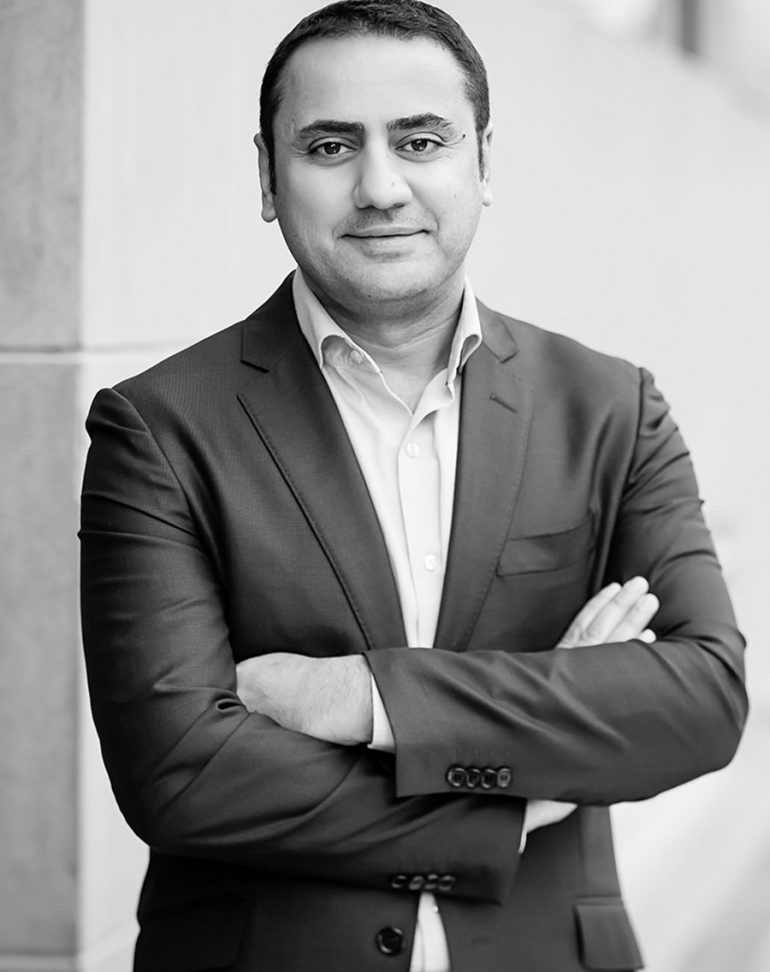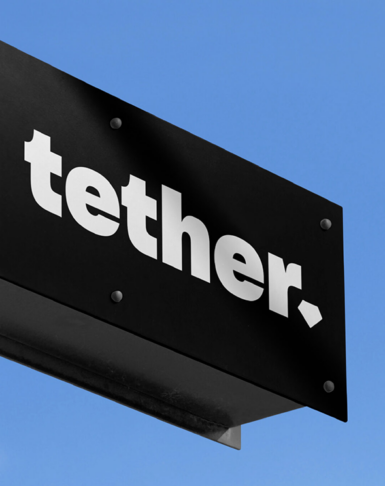SMPL Q&A is a new blog feature, in which we interview our experts on all things relevant in branding, design and simplicity. Recently, we spoke with Zouheir Zoueihed, Managing Director, Middle East. He provided a breakdown of the different leadership styles throughout the region, how they impact stakeholder consensus, and the opportunities brands in the region have to become players on the global stage.
What are the steps that brands in the Middle East can take to become more globally relevant?
There are four essential steps that Middle Eastern brands can take to become more global. With the increasing prominence and visibility of Middle Eastern brands in the global markets, the following are the things they should do when defining their global brand strategy:
1. Build consensus
Often the region is referred to as the Middle East or GCC due to many cultural, historical and economic commonalities—yet each country is quite unique and different for the same set of reasons. But one common thread among all countries in the region—the Majlis or Diwan style of ruling, leading and governing.
The Majlis style is all about building consensus by consulting and sharing opinions and having complete buy-in from your people. This is traditionally done in-person when the ruler receives members of their government and community leaders to address challenges and build a collective opinion on the path forward. The same applies to building global brands in the Middle East. Brands in the region and elsewhere in the world should be built on consensus and get buy-in from all stakeholders.
2. Be global, yet local
Global does not just mean the rest of the world—global can also refer to the highly attuned and developed audiences in the region: The Qataris, Emiratis, Saudis, and others. They are young, highly educated, tech-savvy populations, exposed to major brands from around the world, that interact with global brands daily.
When talking about brands from the Middle East going from local to global, it is not only about playing on a global stage—like Emirates or Qatar Airways—it means building brands with a global understanding of the business and a strong representation of the origin and roots of a brand.
Whether a regional or international brand, corporate or consumer-facing, this region is an international scene and is a global economic and political force—branding in the Middle East is no longer about size of business, or solely a luxury aspect.
In 2020, the United Arab Emirates hosted Expo 2020, with 20 million people visiting Dubai from around the world, in addition to its existing ex-pat community of more than 200 nationalities. Saudi Arabia, for the first time in its history, is opening up its capital market to direct foreign investments. And with Qatar having hosted the 2022 FIFA World Cup, the region is ripe for transformation. Local organizations and companies need to think about how they evolve and grow their business, and consequently how they approach brand in a way that doesn’t restrict them to traditional notions around branding. With a global audience coming to them, these brands will need to think of what they represent and what their purpose is.
3. Be modern
The simple truth is that Middle Eastern brands need to be modernized. Modernity does not necessarily mean only being contemporary or minimalistic from a design perspective, but rather, it is how you manage a brand with strategic fresh thinking. When we talk about being global it means going beyond the classic brand guidelines document that dictates whether the logo should be in the upper right or bottom left position of a brochure cover or an advertisement. Being global and modern is about the story behind the brand propelling the business, and the flexibility to tell that story across multiple platforms. This can be a challenge in today’s complex world, so this is where the role of in design and strategy cut through the clutter, and ensure the brand and its story are delivered in the clearest way possible, seamlessly across the physical and digital space.
4. Be simple
Simplicity for brands is focus, clarity, and relevance. It is also about being enticing and surprising. The Middle East is one of the fastest growing regions in the world and with fast growth comes gaps, missed opportunities and complications. It becomes inevitable for emerging Middle Eastern brands to take a step back, reassess, refocus and leap forward again. Simplicity is the lens they should apply to this process.
Brands are no longer defined by just their names and marks—the millions of interactions people experience every day now define them. Many of Middle Eastern brands struggling with complexity must simplify, through creating clarity and focus on the brand, product, service, and overall experience. Therefore, when developing the brand story, it is key to identify what a brand’s purpose is and why that brand can promise to deliver on it. The purpose and promise of the brand informs its culture and how they operationalize the brand impacting the overall experience
Once a brand has taken these steps, how can it build a presence that continues to keep a global audience captivated?
These four steps are paramount to establishing a brand in the Middle East but are really just the tip of the iceberg when it comes to developing brands in this emerging market.
Once a brand has been established, it must engage its audiences internally and externally with the understanding that the life of a brand can be thought of in three segments: the short term, the short-to-midterm, and the mid-to-long term.
In the short term, it is about engaging audiences and drawing attention to the brand. In the short-to-midterm, organizations should think about how they are influencing their audiences, impacting internal sentiment by engaging employees, and building on that by developing a purpose-based internal culture. Equally, in this middle-term, it is important to focus on how the brand engages customers through a crafted, consistent, and surprising set of experiences that add value and make a difference in the lives of customers. In the mid-to-long term, it becomes most important to lead as a brand that can transcend industries and categories through innovation and future-forward thinking.
Right now, the Middle East is a geography ripe with opportunity for brands. By being mindful of the steps necessary to build truly great global brands, Middle Eastern brands can elevate themselves and the region to greater international prominence and visibility. Many are already headed in this direction, but there are many, many more that need work, which for us in the brand building industry, is very exciting.
Zouheir Zoueihed is Managing Director


